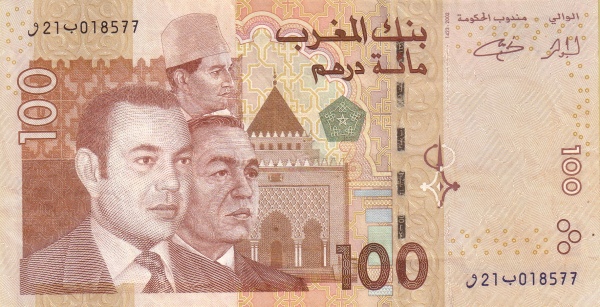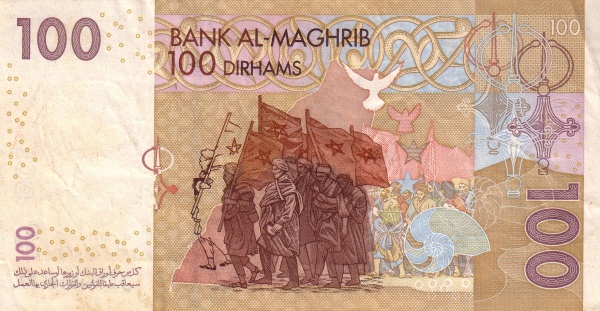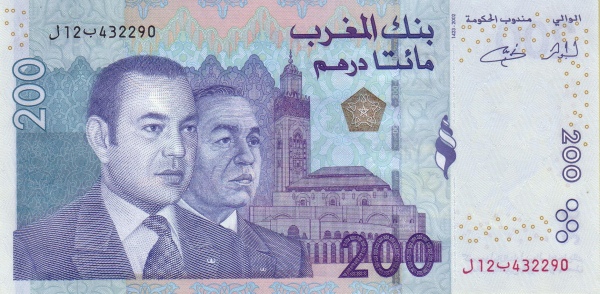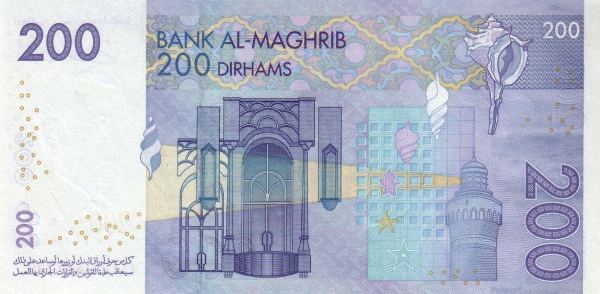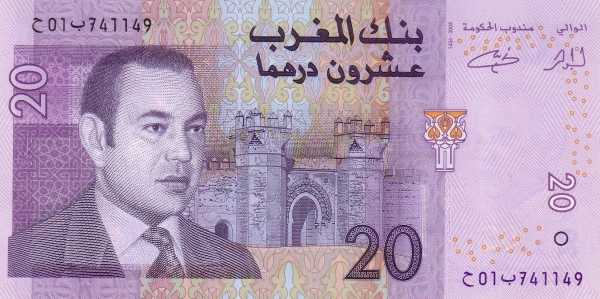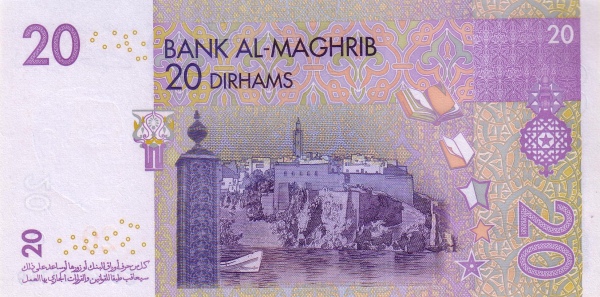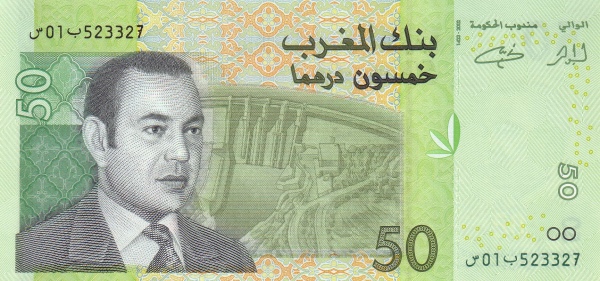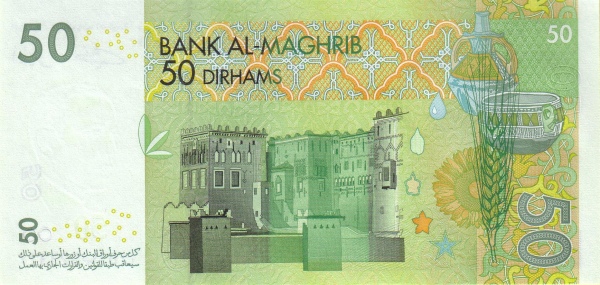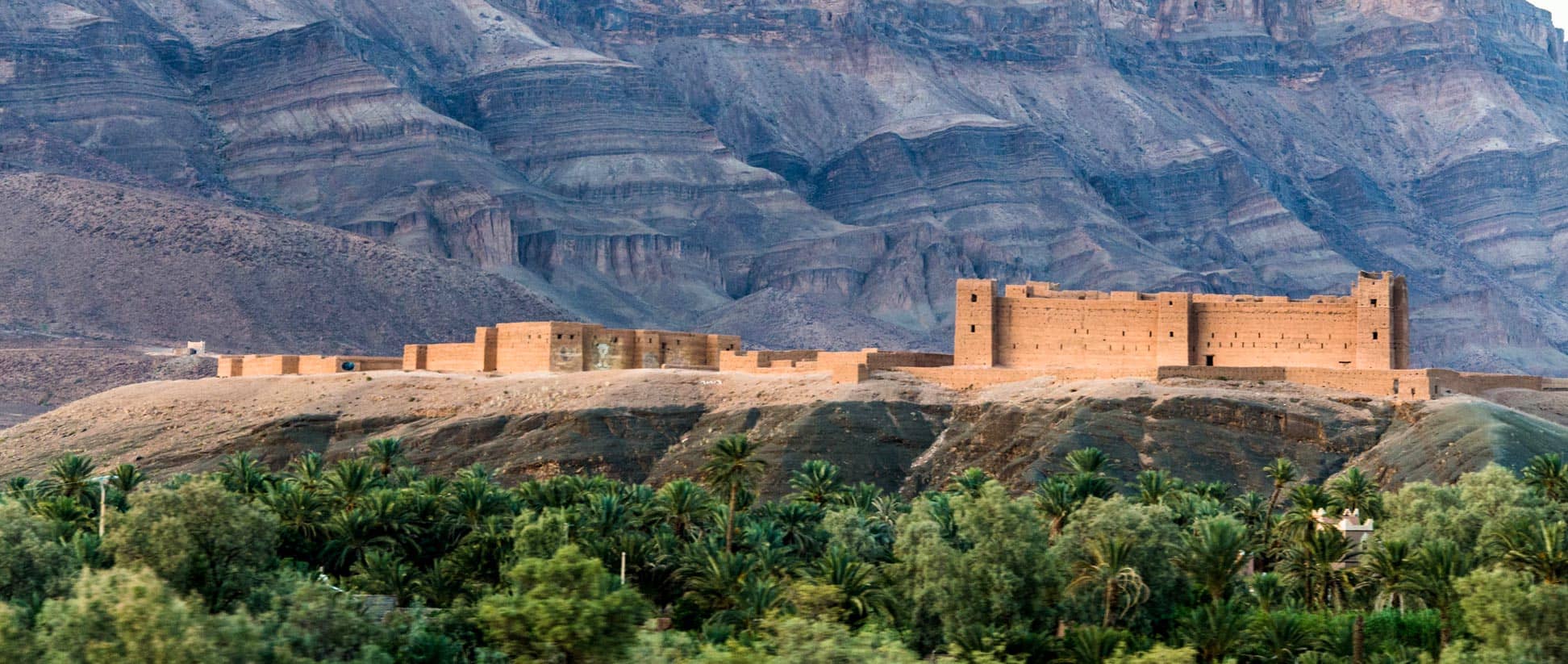Discovering the Vibrant Essence of Morocco
Morocco, officially known as the Kingdom of Morocco, stands out as a captivating country in the western part of the Maghreb region in North Africa. It stretches majestically along the Atlantic Ocean to the west and the Mediterranean Sea to the north. Notably, Morocco shares maritime borders with both Portugal and Spain, showcasing its strategic geographical importance. To the east, it borders Algeria, while to the south, it meets the non-self-governing territory of Western Sahara, which Morocco claims. In this context, Western Sahara also shares a boundary with Mauritania, further emphasizing Morocco's geographical diversity.
A Nation with Unique Borders
The Kingdom of Morocco features intriguing borders as it maintains a land border with Spain through the Spanish exclaves of Ceuta and Melilla, two populated Spanish territories nestled on the African mainland. As a whole, Morocco covers an impressive area of 446,550 square kilometers, making it slightly smaller than Sweden while being somewhat larger than the state of California.
Demographics and Culture of Morocco
With a population of approximately 37.4 million people in 2024, Morocco is rich in cultural diversity. The capital city, Rabat, beautifully represents the country’s historical legacy, while Casablanca shines as its largest urban center. The linguistic landscape is equally fascinating, with Arabic serving as the official language alongside various Berber dialects, such as Amazigh and Tamazight. Additionally, French remains prevalent, reflecting Morocco's colonial history. The majority of the population practices Sunni Islam, which plays a significant role in shaping social norms and cultural practices across the nation.
Historical Insights into Morocco’s Independence
Morocco's quest for independence from French colonial rule reached a significant milestone in 1956. During this pivotal year, the internationalized city of Tangier transitioned to the jurisdiction of the newly independent nation. Moreover, the late 1970s witnessed Morocco's complex involvement in Western Sahara, a territory that remains a focal point of political contention. The quest for resolution regarding the status of this territory continues to evoke discussions domestically and internationally.
Political Landscape of Morocco
The political framework of Morocco reflects an Islamic parliamentary constitutional monarchy. At the helm of the nation sits the king, who embodies both political authority and spiritual leadership. As the "Commander of the Faithful," the king presides over the Council of Ministers and has the important responsibility of appointing various government members. In the wake of the Arab Spring protests in 2010, the king responded by signing a new constitution. This constitutional reform aimed to enhance the powers of both the parliament and the prime minister while preserving significant royal authority that extends across all branches of government.
The Role of the Parliament
In Morocco, the head of government is the prime minister, whose position comes with challenges and limitations. The Moroccan parliament, based in Rabat, operates as a bicameral legislature composed of two chambers: the House of Representatives and the House of Councillors, which serves as the upper house. Despite the parliament's limited power historically, reforms introduced in 1992 strengthened its role within the governmental structure. However, the king retains crucial powers, including the authority to dissolve parliament, orchestrate new elections, and issue decrees, which underscores the unique balance of power in the Moroccan governance system.
A Glimpse into Moroccan Society
The society in Morocco thrives on rich traditions and vibrant cultural heritage. One cannot overlook the significance of Moroccan cuisine, which features an array of spices, flavors, and cooking techniques, making it one of the most celebrated cuisines in the world. Tagines, couscous, and pastilla are just a few examples of dishes that reflect Morocco's gastronomic diversity and agricultural bounty.
Natural Wonders of Morocco
Morocco is blessed with diverse landscapes, ranging from the enchanting Sahara Desert to the majestic Atlas Mountains. Adventure seekers often find themselves drawn to the stunning vistas and challenging treks that these natural wonders offer. Additionally, the coastal regions along the Atlantic provide beautiful beaches, making them popular destinations for both locals and tourists alike.
Festivals that Celebrate Moroccan Heritage
The celebration of festivals throughout the year highlights Morocco's vibrant culture. Events such as Eid al-Fitr, which marks the end of Ramadan, and the Feast of Sacrifice showcase deep-rooted traditions and community spirit. Moreover, the famous Marrakech International Film Festival attracts international attention, emphasizing Morocco's growing role in the film industry.
Morocco's Future: A Path of Growth
Looking ahead, Morocco continues to grapple with challenges and opportunities that shape its destiny. As the nation seeks economic growth, various reforms aim to encourage investment and enhance social welfare. The push towards renewable energy sources, particularly solar and wind energy, demonstrates Morocco’s commitment to sustainable development. Thanks to its strategic location and cultural wealth, Morocco remains poised to be a key player in regional dynamics while embracing globalization.
Conclusion: The Enduring Allure of Morocco
In essence, Morocco embodies a blend of ancient traditions and modern aspirations. Its enchanting landscapes, rich history, and dynamic culture offer something unique to every visitor. From the bustling streets of Marrakech to the serene beaches of Agadir, Morocco invites both exploration and admiration. Thus, as we reflect on this incredible country, it becomes evident that Morocco will continue to captivate hearts and minds for generations to come.
Largest cities of: Morocco
| City Name | Population | Year of foundation | |
| Rabat | 580,000 | hcirca 114 B | |
| Casablanca | 3,750,000 | 1770 | |
| Fes | 1,500,000 | 789 | |
| Marrakesh | 1,000,000 | 1062 | |
| Tangier | 947,000 | 1471 | |
| Oujda | 500,000 | 945 | |
| Agadir | 421,000 | 1506 | |
| Kenitra | 350,000 | 1932 |
Morocco: Money
